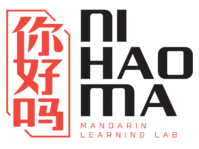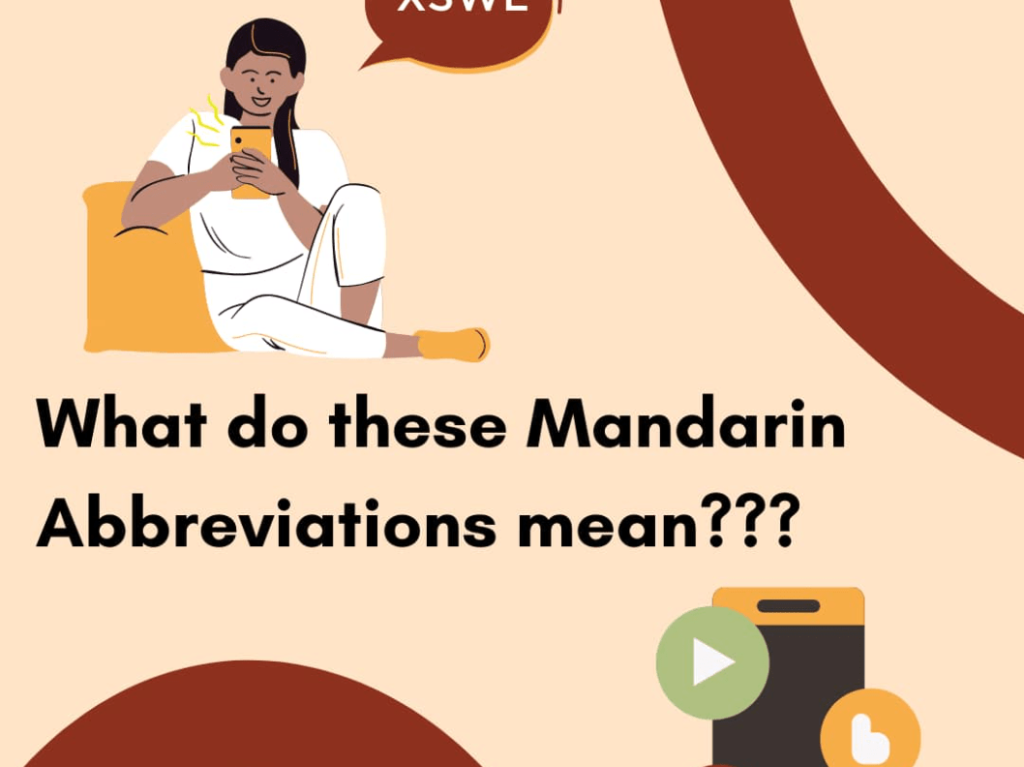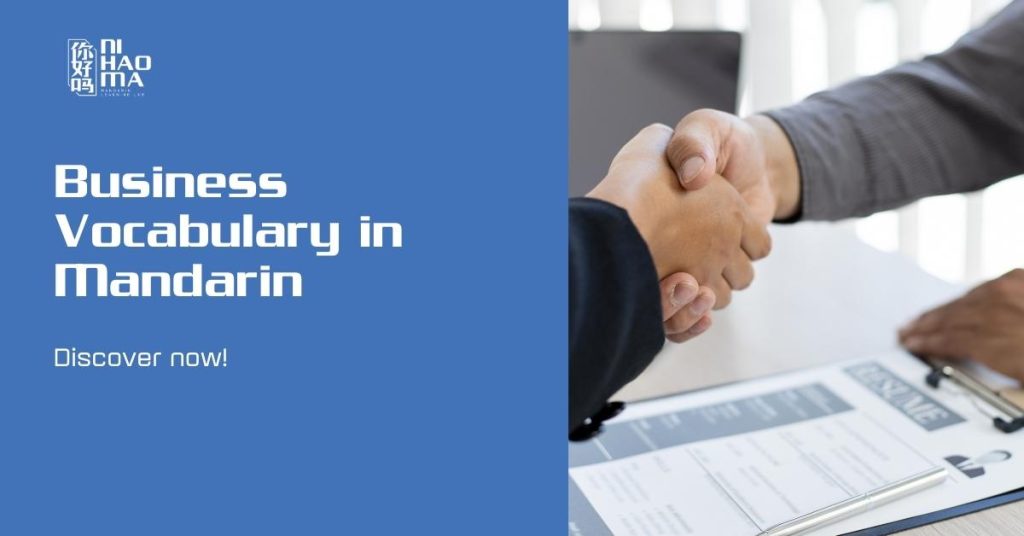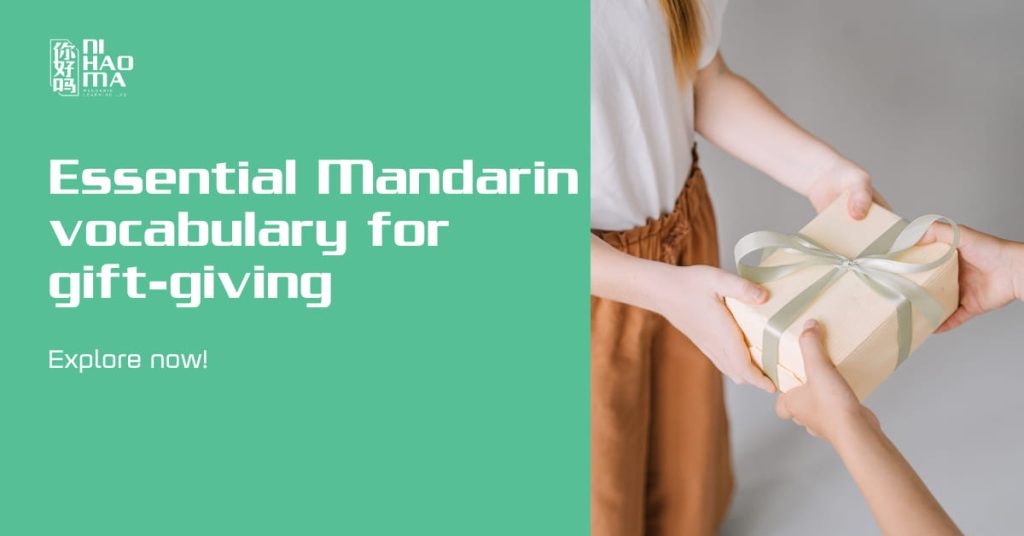Today, our world is more varied and diverse than it has ever been. People from different cultural backgrounds, ethnicities, races, and beliefs coexist in one society. It is essential to promote multicultural education within our families and communities.
As a parent, we want our children to grow up into well-rounded, open-minded, and successful individuals. In today’s rapidly changing and interconnected world, cross-cultural knowledge has become essential for the development of today’s youth. It helps them gain a deeper understanding and appreciation for the diverse world in which we live.
One language that can provide a unique and enriching cultural experience is Mandarin. Chinese culture is one of the oldest and most vibrant in the world. Learning Mandarin opens doors to this fascinating culture. The language itself is challenging yet rewarding. It offers a new window into different ways of thinking and communicating. By exposing children to cultures like Chinese, they learn about different beliefs, traditions, and customs. This fosters empathy, tolerance, and open-mindedness.
What is multicultural education?
Multicultural education considers the cultural diversity of students’ backgrounds, experiences, and cultures. It’s about celebrating different cultures, promoting understanding, and respect for cultural groups. Multicultural education aims to help children “develop a positive self-concept, cultural competence, and empathetic understanding of others.”
As parents, it is our responsibility to encourage compassion and respect for different groups. Children must gain intercultural knowledge and understanding of diverse backgrounds. Children learn best when they feel celebrated, appreciated, and safe. By exposing our children to different cultures and learning experiences, we help create a positive mindset for an interconnected world.
In today’s increasingly diverse world, multicultural education is more important than ever. It allows children to have a broader understanding of different cultures, races, and religions. It helps them celebrate global perspectives and allows them to see beyond their own limited worldview. By exposing them to various cultures, children learn to appreciate differences and become more accepting and tolerant individuals.
How can parents promote multicultural education?
There are various ways parents can expose their children to multiculturalism.
Learn a Language
One way is by offering opportunities to learn different languages. Language is a gateway to a multicultural experience. When a child learns a new language, they are also learning about a new culture, history, and traditions. This can broaden their perspective and help them develop a deeper understanding of the world.
Diversify Literature and Media
Exposing children to diverse literature is another way to promote multicultural education. Through books, videos, and documentaries from different cultures, children can develop an understanding of different perspectives and experiences. They can learn about different cultures, traditions, and values, which can help them appreciate diversity and develop empathy towards others.
Share in Cultural Experiences
Parents can also expose their children to new cultural experiences by taking them to different cultural events, festivals, and celebrations. This can include attending cultural fairs, trying out different cuisines, or participating in cultural workshops. By immersing ourselves in different cultures, we can also teach our children to appreciate and celebrate diversity. These experiences can be fun and engaging for children and foster an interest in different cultures.
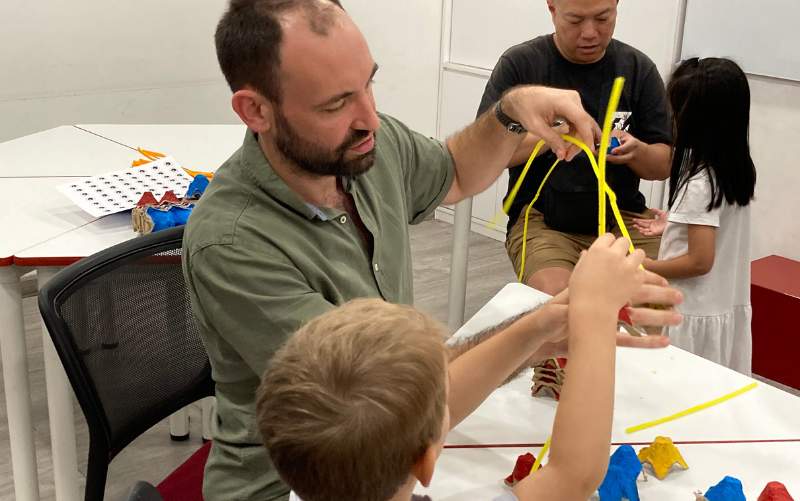
Learn Mandarin for a Multicultural Experience
Mandarin Chinese is the most widely spoken language in the world, with over 1.2 billion native speakers. It is also the official language of China, one of the world’s largest economies in global trade and politics.
Learning Chinese provides access to a huge population and market. It helps understand and navigate the intricacies of Chinese culture. But more than just practical benefits, learning Chinese also opens up a world of diverse experiences and perspectives. It is a rewarding and fun experience.
The Richness of the Chinese Language
The language itself is rich and melodic, and learning to read and write Chinese characters is a fascinating process. Through the language, one will also have the opportunity to participate in cultural events and try delicious traditional food. By learning Chinese, you will be immersing yourself in a vibrant and dynamic culture, and expanding your horizons.
Chinese culture is rich and ancient, with a deep history and unique traditions. Immersing in the language provides insights into the beliefs, customs, and values of Chinese society. This broadens your understanding of the world. It also helps develop a more empathetic and open-minded approach towards people from different cultures.
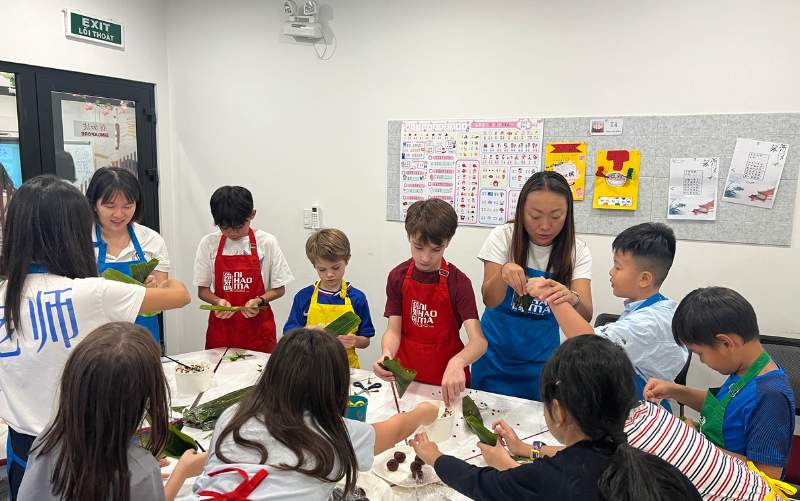
Benefits for Children
Many parents want their children to learn the language and culture of this rising nation. By equipping their children with this skill, they are setting them up for future success in an increasingly interconnected world. Learning Mandarin can also connect children with their heritage and roots, especially if they have Chinese family members.
By learning Mandarin, children can develop a greater appreciation for cultural differences. They gain proficiency in a new language and exposure to Chinese customs, values, and traditions. This fosters curiosity and appreciation for different cultures. It ultimately leads to a more open-minded and empathetic worldview.
Practical Benefits for the Future
Learning Mandarin also brings practical benefits for a child’s future. With China’s growing prominence, knowledge of the Chinese language and culture provides unique opportunities in business, diplomacy, and international relations. It can open doors to study or work in China, a country with a booming economy and rich cultural heritage.
Ni Hao Ma As Your Pathway to Chinese Culture
At NiHaoMa Mandarin Learning Lab, we promote multicultural education through Chinese language. Our inclusive learning environments play a crucial role. Native Chinese teachers understand the value of multicultural education. They use various strategies and resources to incorporate multiculturalism into the curriculum.
Our Curriculum and Extra-Curricular Activities
However, our curriculum goes beyond language courses. We also offer opportunities for students and families to broaden their perspectives and gain a better understanding of Chinese culture. Our Extra-Curricular Activities courses (ECA) focus on Chinese cultural activities such as kung fu and cooking. We invite students and families to partake in monthly workshops to discover Chinese culture and celebrate Chinese holidays. These events encourage families to share in the Chinese learning experience.
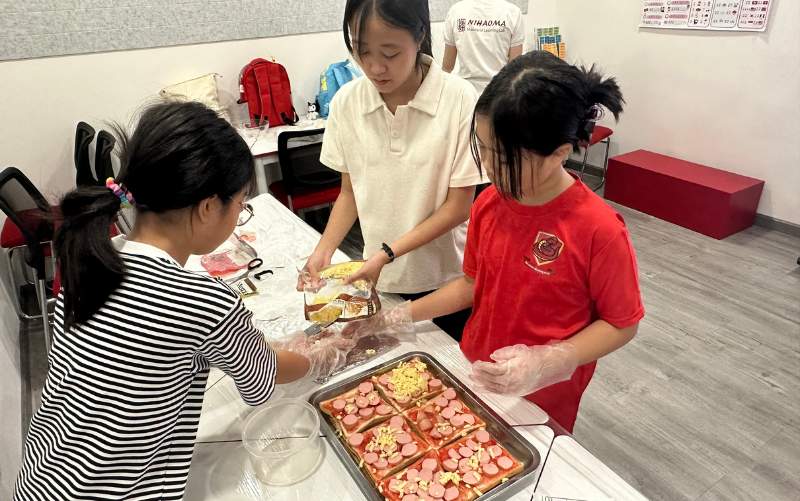
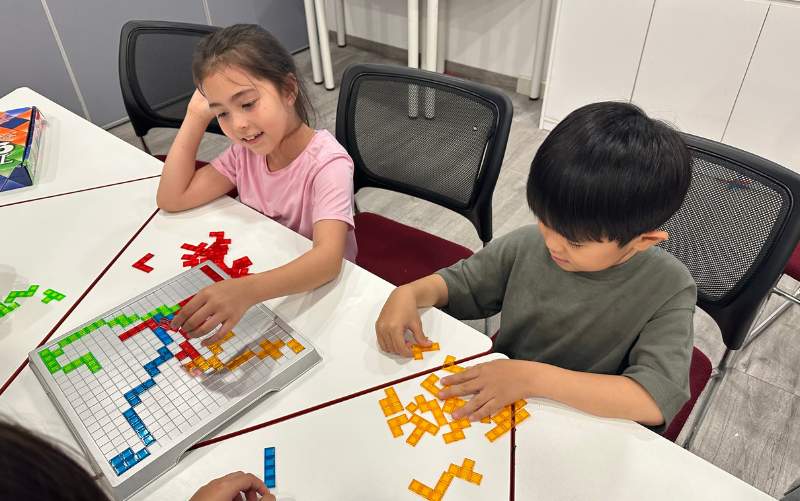
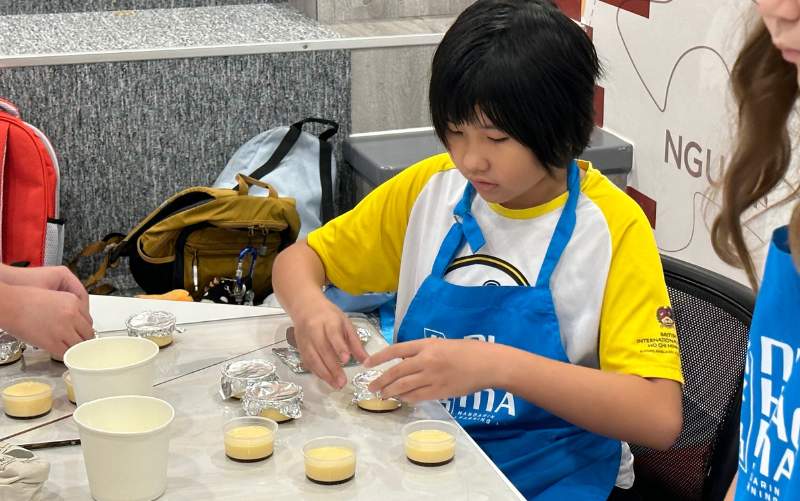
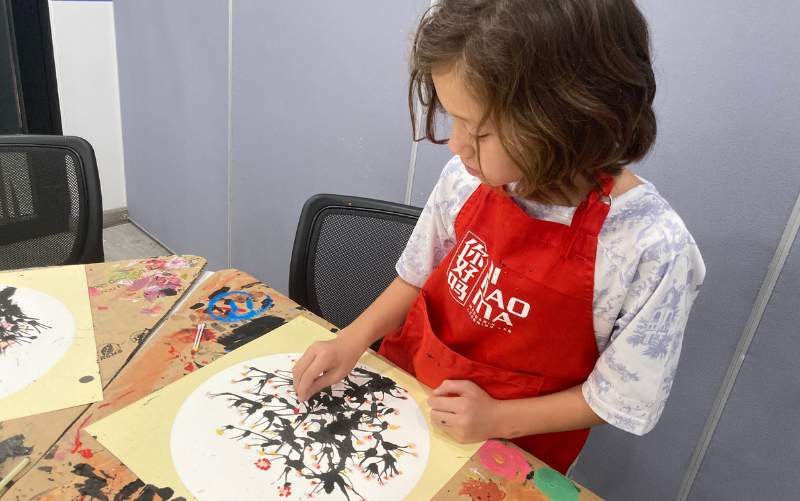
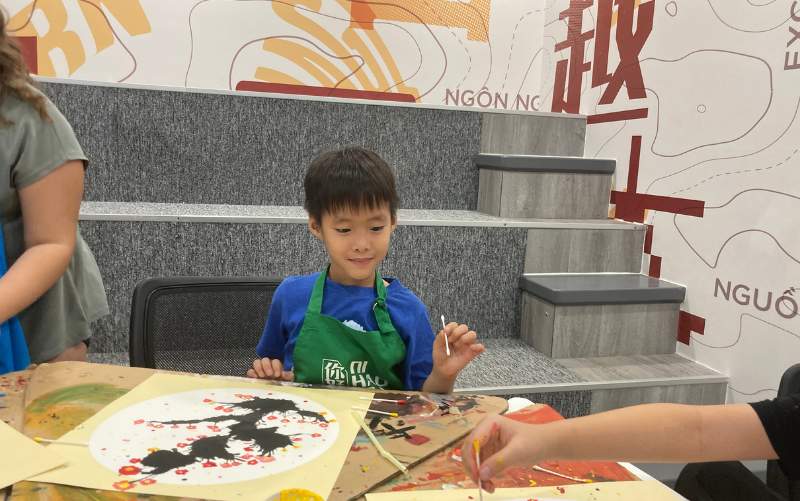
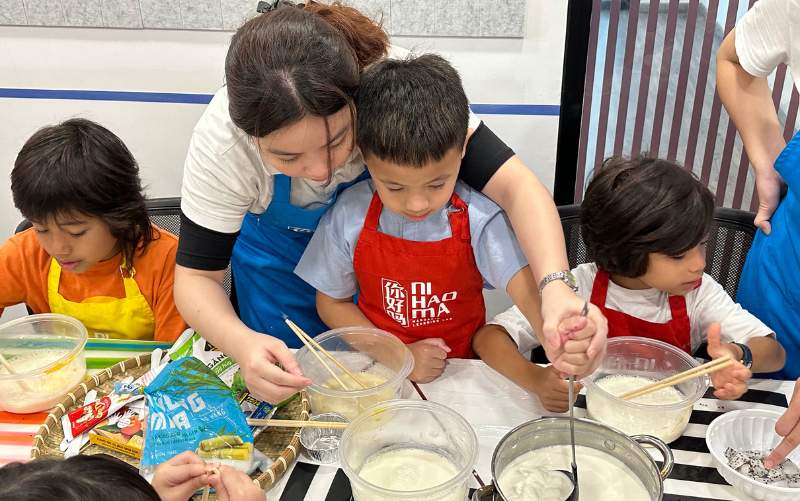
Our Vision
Our vision at Ni Hao Ma – Mandarin Learning Lab is to create a stronger sense of community. We aim to promote a more inclusive and diverse society for future generations.
Conclusion
In an ever-changing world, multicultural education is important. By exposing our children to various cultures, we teach them to be open-minded and accepting of people from different backgrounds. We invest in their future success. Multicultural education promotes diversity and cultural awareness. It prepares children to be confident and safe individuals in a diverse workplace. When we foster multiculturalism, we create a more inclusive and harmonious society. We empower our youth to succeed in an ever-changing world.
Let us embrace multicultural education and raise a generation of open-minded, empathetic, and successful individuals. Visit our Culture Corner to learn more about the fascinating Chinese culture. Start your Chinese language journey with our courses such as YCT and HSK.
